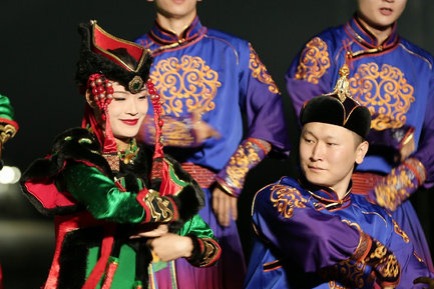Culture a bridge to understand China

BUENOS AIRES-China's long, rich and multifaceted culture "can serve as a bridge" between the East and West to promote communication and understanding, Argentine scholar Mercedes Giuffre has said.
The professor of history at the National University of Mar del Plata says she particularly values the fact that traditional Chinese culture, which she describes as one of the "mother civilizations" of the East, has lasted for over 5,000 years.
Chinese culture and civilization have demonstrated their durability through different dynasties, as each built on the previous one, the expert says.
She adds that the culture of the Asian country has enjoyed durability due to its "exquisiteness".
For example, this is manifested in Chinese furniture and Chinese porcelain, which garnered a lot of admiration and attention in the 17th and 18th centuries, not to mention China's tea culture, through which China was able to increase its presence in the West.
It is important for Latin Americans to be exposed to Chinese culture through different forms of art, including photography, literature and translations or adaptations of television series and films, suggests the scholar, who studied in China in 1991 and has been invited to teach at Chinese universities since 2004.
Giuffre also highlights the presence of traditional Chinese culture in works by Latin American authors, including distinguished Argentine writer Jorge Luis Borges.
Allusions to Chinese literature appear in Borges' works, such as in Kafka and His Precursors, where he mentions a Tang Dynasty (618-907) poet named Han Yu, she says.
Chinese influences on Borges are also evident in The Garden of Forking Paths, which has references to Dream of the Red Chamber a novel by Cao Xueqin in the mid-18th century during the Qing Dynasty (1644-1911).
"Interesting and varied elements of traditional Chinese culture show up in several of his works," Giuffre notes.
In his Manual of Fantastic Zoology and The Book of Imaginary Beings, the Chinese dragon appears as a majestic important being, says Giuffre, adding "the dragon is what most represents China".





































